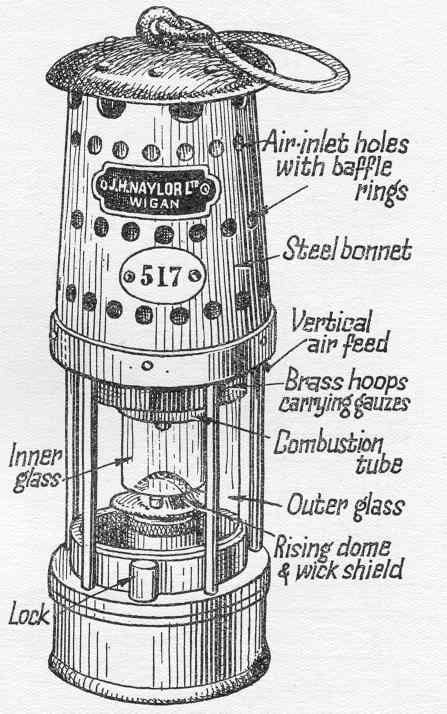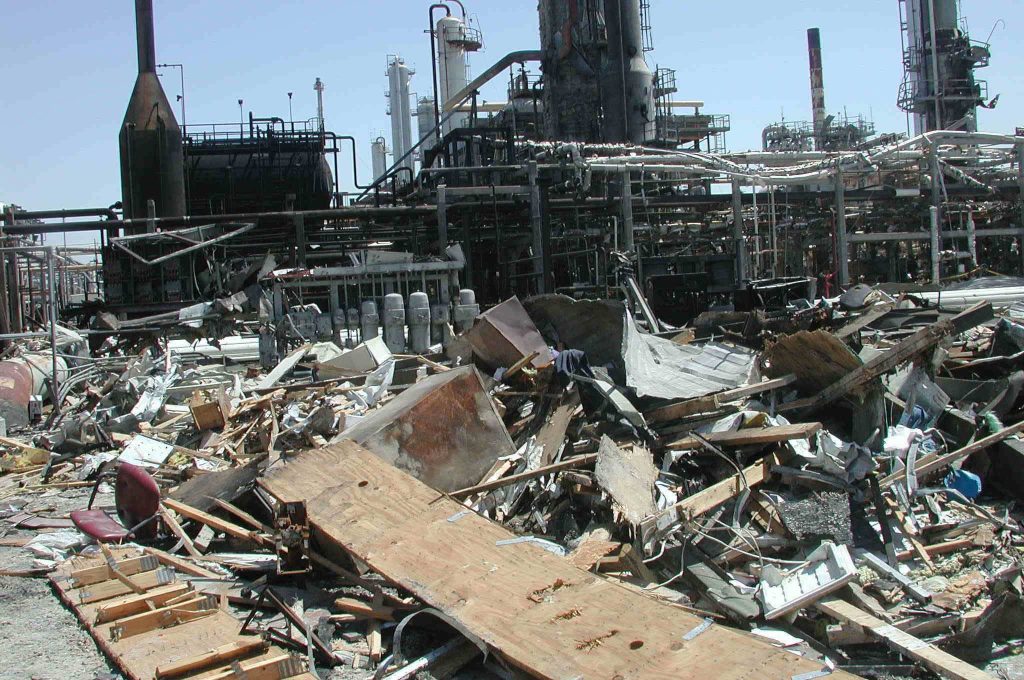The story of innovation and adaptation in the evolution of gas detection is fascinating. This field has advanced significantly from the early, crude methods of detecting harmful gases to the sophisticated digital sensors we have today. Many industries today depend on gas detection systems to ensure safety and compliance with regulations.
We primarily deal with gases like methane, carbon dioxide, and carbon monoxide as we investigate the world of gas detection. Asphyxiation, explosions, and even environmental damage are severe risks these gases can present when they leak or go undetected. We have prevented countless disasters by identifying these gases, proving how vital gas detection technologies have protected industrial operations and human lives.
Early Innovations in Gas Detection
After it became clear how harmful some gases could be to human health, gas leak detection techniques came into the spotlight. Coal miners would bring canaries into tunnels as a detection system against deadly gases like carbon dioxide, carbon monoxide, and methane. Early detection techniques were imprecise and surprisingly organic. A bird known for singing, the canary, would stop singing and eventually perish if not quickly removed from these gases, alerting the miners that it was time to leave the mine. It is incredible to think that miners had to keep an eye out for changes in a bird’s behavior to keep themselves safe.
Sir Humphry Davy of England created the flame safety lamp, also known as the Davy lamp, the first industrial gas detector, in 1815. Its goal was to find methane in coal mines that were underground. An oil flame set at a specific height in the open air was used in the lamp. The flame was contained in a glass sleeve with a mesh flame arrestor to stop ignition. Depending on whether methane was present or there was insufficient oxygen, the flame’s height changed. Flame safety lamps are still in use in some parts of the world today.
The Davy lamp became a notable invention. Sir Humphry Davy, known for his electrochemical research, developed the lamp as a safer alternative that would light up mines and act as an early gas detector.
Evolution of Gas Detection Technology

http://www.mining-memorabilia.co.uk/FlameSafetyLamps.htm
The invention of the catalytic combustion (LEL) sensor by Dr. Oliver Johnson in 1926–1927 marked the beginning of the modern era of gas detection. Dr. Johnson started researching a technique to identify combustible mixtures in the air while working for the Standard Oil Company of California (now Chevron) to prevent explosions in fuel storage tanks. The first practical “electric vapor indicator” meter, the Model B, went into production in 1927 after being developed as a demonstration model, the Model A, in 1926.
Dr. Oliver Johnson’s catalytic combustion sensor was a significant development in gas detection. Based on the catalytic oxidation principle, this sensor alerted users when combustible gases approached potentially explosive levels. Its development signaled a shift toward electronic sensors, significantly improving industries’ operational safety and detection accuracy.
The Influence of Regulatory and Safety Standards
Regulations and safety requirements have had a significant impact on this industry. Dr. Oliver Johnson and Phil Williams founded Johnson-Williams Instruments, also known as J-W Instruments, the first gas detection business in the world, in Palo Alto, California, in 1928. The company spearheaded numerous innovative projects in gas detection, including creating a portable oxygen detector and the first instrument that could simultaneously detect oxygen and combustible gases and vapors.
In this area, legislation has frequently been an emergency measure. In the US, for instance, the Federal Coal Mine Health and Safety Act of 1969, passed in response to the Farmington Mine disaster, resulted in strict standards that sped up the development of more dependable gas detection technologies. Companies like Johnson-Williams Instruments, which invented tools like portable oxygen detectors and combination instruments for multi-gas detection, were crucial in helping to meet these emerging standards.
Modern Gas Detection Techniques
A chemically infused paper that turned brown when exposed to carbon monoxide was used to detect the gas before electronic home carbon monoxide detectors were developed in the 1980s and 1990s. Since then, various electronic technologies and apparatus have been created to identify, track, and notify gas leaks.
Electronic gas sensors have become more widely used as their price and performance have increased. Initially used in the automotive industry to control engine emissions, they also guarantee passenger comfort and safety. The development of gas sensor systems goes far beyond their original application in operating rooms and includes their use in medical diagnostic, monitoring, and treatment systems.
Another critical turning point in the history of gas detection was the transition from chemically infused paper to electronic detectors in the 1980s and 1990s. Early electronic detectors relied on chemical processes that produced an electrical signal when exposed to specific gases. Modern gas detectors are portable, trustworthy, and reasonably priced thanks to these sensors’ miniaturization and computational power improvements.
Case Studies in Gas Detection

File written by Adobe Photoshop¨ 5.2
The widespread installation of carbon dioxide sensors in buildings as part of demand-controlled ventilation systems is a crucial illustration of contemporary gas detection. Carbon monoxide and other harmful gas monitors and alarms are becoming more prevalent in homes and offices and are even required by law in some places.
Modern gas detection technology has played a critical role in disaster avoidance. Think about the massive explosion that resulted from an undetected hydrocarbon leak at a Texas oil refinery in 2005. The incident highlighted the necessity of reliable gas detection and resulted in stricter regulations. On the other hand, successful interventions made possible by gas detection technology happen every day, even though they are less frequently reported. Examples include using home carbon monoxide detectors to stop poisonings and industrial plant systems to stop potential explosions.
The Future of Gas Detection
At first, only one gas could be detected by a detector. However, with the evolution of gas detection, detectors can now pick up a combination of toxic or combustible gases. Modern gas analyzers can separate individual signals from a complex aroma to simultaneously identify multiple gases.
Since their introduction in the 1990s, metal-oxide-semiconductor (MOS) sensors have become a crucial component of environmental gas detectors. G. Sberveglieri, G. Faglia, S. Groppelli, P. Nelli, and A. Camanzi demonstrated the first MOS gas sensor in 1990.
The Internet of Things (IoT), artificial intelligence (AI), and nanotechnology will shape the future. Imagine detectors that can alert the appropriate personnel, shut down operations, initiate ventilation, and detect gas leaks. Additionally, wearable technology is developing, providing personal safety systems for workers in high-risk industries. These developments make gas detection safer, smarter, and more connected.
Conclusion
The development of gas detection technology, from canaries to digital sensors, reflects human ingenuity and our never-ending search for safety. Thanks to technological advancements and an escalating demand for better environmental and safety protection, we can expect more developments in this area as time passes. The evolution of gas detection, which is becoming increasingly ingrained in our daily lives, is a testament to the tremendous strides made in the field and assures everyone of a safer future.
Gas detector. (2023, May 1). In Wikipedia. https://en.wikipedia.org/wiki/Gas_detector


